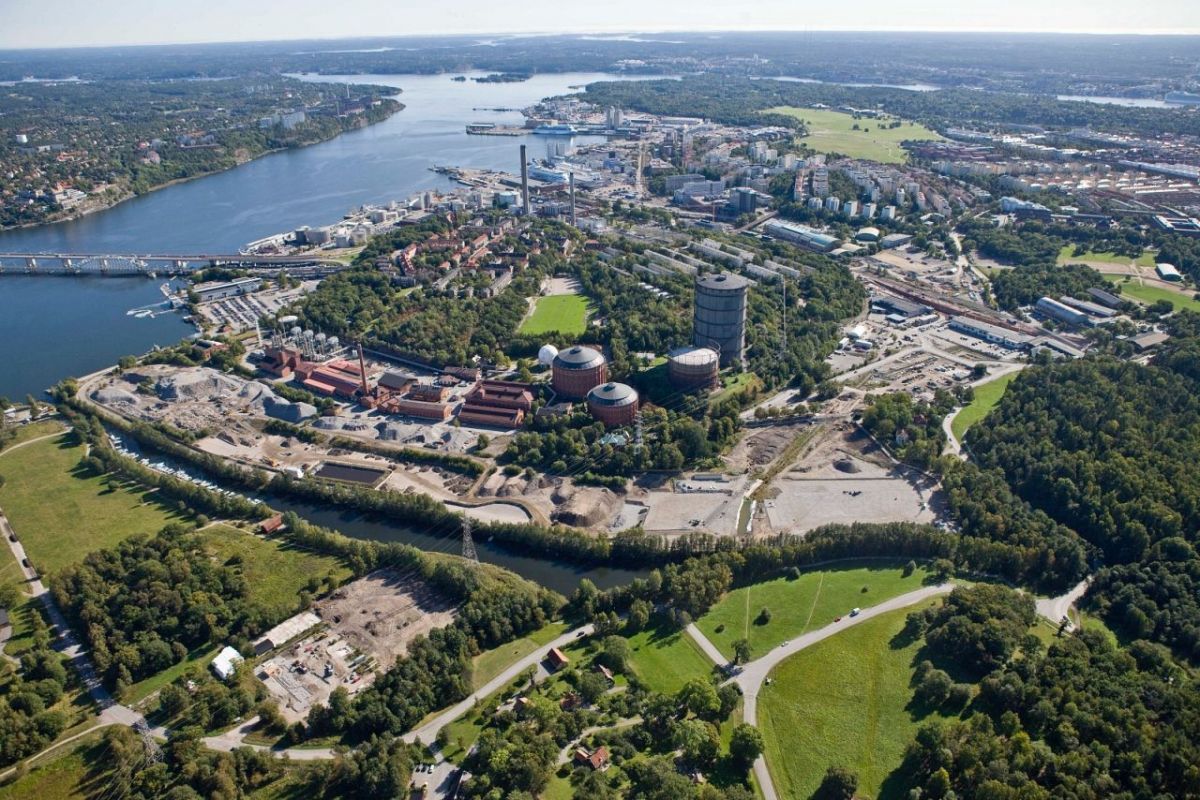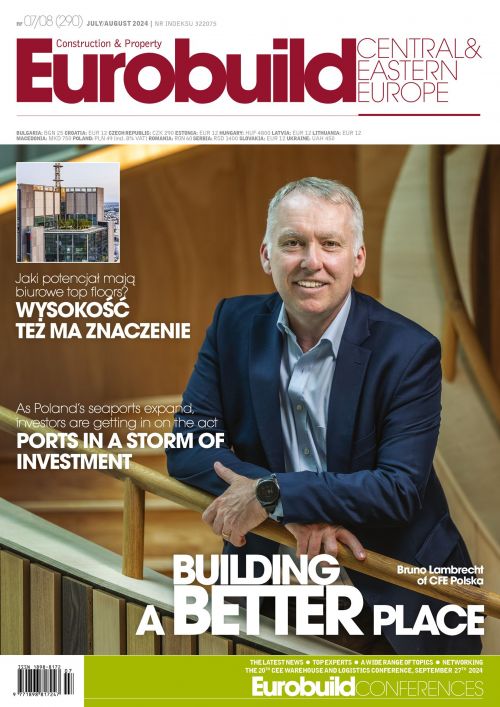Sustainability has for a long time played a crucial role in Stockholm, which as a city has an overall commitment to environmental responsibility that continues to shape both its urban development and everyday life. Eco-friendly design, such as energy-efficient buildings and green roofs, has been integrated into the planning of the city; and when it comes to waste management, the emphasis is upon recycling and composting. Along with the focus on improving the city’s water quality and the biodiversity in its many parks and waterways, Stockholm exemplifies sustainable living through its holistic approach to environmental stewardship and community engagement.
According to Staffan Lorentz, the head of the development of Stockholm Royal Seaport, the city authorities are constantly striving to identify new projects of this kind to carry out. “This particular quarter of Stockholm has been on the city council’s radar for 25 years. It’s an old brownfield site next to a h































































